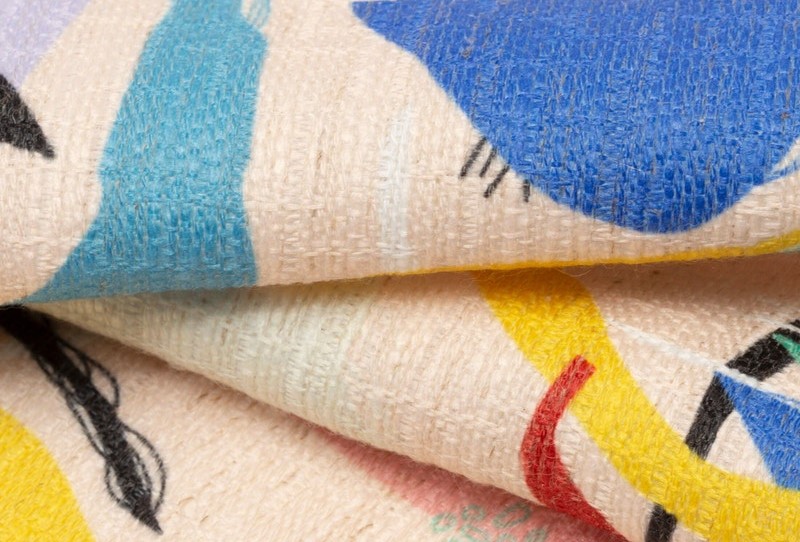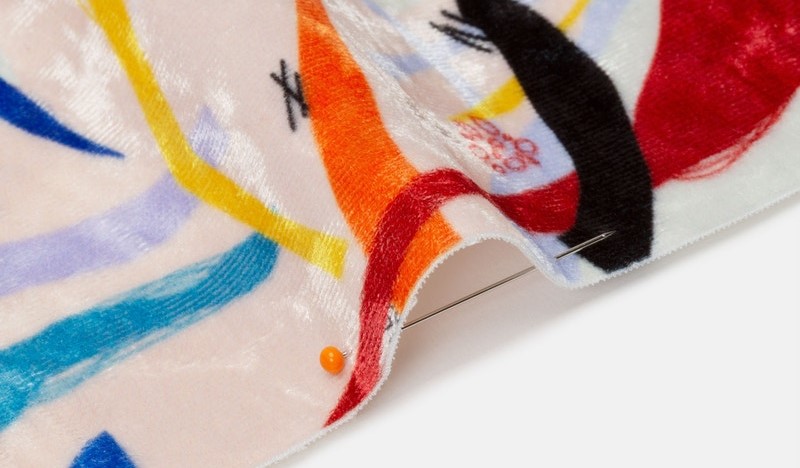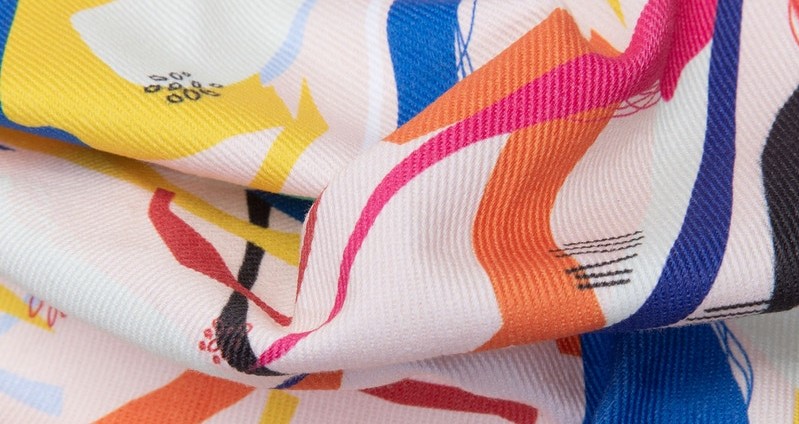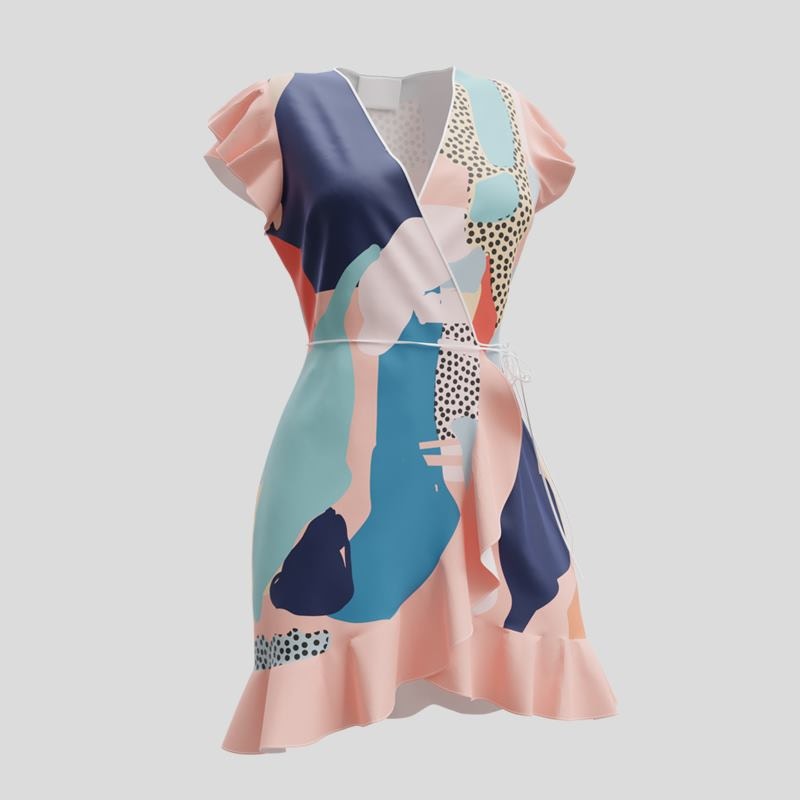Finding the perfect fabric is already challenging enough as it is, but when you bring the question of fabric weight and suitability things seem to get trickier. But we are here to help! In this blog, we will explain what gsm is and why it is important when selecting the perfect fabric. We will also discuss what a range of gsm fabrics are commonly used for and why they are beneficial. So stay tuned to find out more.
What Does GSM Stand For?
Simply “gsm” stands for grams per square metre. It is the metric measurement used in regard to the weight of a fabric. This measurement helps you to get an idea of what kind of fabric you are purchasing. You need to consider the usage of the fabric in accordance with the suitable weight. As a rule, it is generally thought that the heavier the weight the thicker the fabric is. It is also thought that the thicker the fabric the more long-lasting it is, for example, denim jeans last for years, whereas lighter fabric shirts require greater care, like linin. Do bear in mind that the weight does not necessarily correlate to the thickness of the fabric so do bear that in mind. And weight does not determine quality.
The Weight Categories & Examples
Light weight:
These fabrics range from 1gsm – 150gsm
Examples: Organza, Chiffon, Lace, and Linen.
Medium weight:
Ranging from 150gsm – 350gsm
Examples: Velvet, Sateen, Polyester, and Nylon.
Heavy Weight:
350gsm + is seen as being a heavy weight fabric.
Examples: Canvas, Suede, Wool, Poplin, and Denim.
What To Consider When Choosing A Weight
To create the perfect garment, or find the best-matched fabric for a project, it is useful to know if the weight of fabric will align with your desired outcome. Here are a few things to consider when selecting a fabrics weight.
Weather Conditions
Lightweight fabrics are typically used for more summery and breathable items as well as intimates such as underwear. They usually have a more preferable drape, and may even require a backing fabric in order to create a more structured outcome. Thicker fabrics already provide this structure as they are normally stiffer so are a lot better at keeping their shape.
Comfort
Depending on the fabric some that are heavier in weight are seen to be a lot less comfortable. Take denim for example. Heavier denim is a lot denser so is seen to be a lot less comfortable due to its sturdy nature. However, this means that is it a lot more durable so is made to really last. As it is stiff this may cause difficulty when putting on and removing the garment, as well as a more restricted and uncomfortable movement.
Asthetics
If you want a sturdy and durable looking clothing item that keeps its shape then you need a medium to heavy weight fabric. If you want a more flowy, light and breezy look then a lightweight fabric is perfect for you. Selecting the right weight can achieve your desired look and drape and will be a lot easier to work with.
Typical Weights & Uses – What is gsm In Fabric?
In order to help you gain a better understanding and really visualise what does gsm mean in fabric, it is useful to know the fabric weight and have examples of their preferred usage.
Light Weight:
Perfect for summer dresses, t-shirts, leggings, and underwear. The preferred weight for summer clothing.
Medium Weight:
Ideal for trousers, thicker shirts and t-shirts, as well as cushions and other home furnishings alike.
Heavy Weight:
Coats, jackets, hoodies, and upholstery all require a heavy and durable fabric weight.
How To Check A Fabric Weight?
Now you have a better idea of what you are looking for this is how you can determine the weight of your fabric. Firstly you can compare its qualities to what we have outlined above. From looking at most fabrics you can tell what weight category they will fall into, however, in the instances that you can’t this is how you can find out:
When purchasing a fabric the gsm is usually displayed on the website or in-store. However, if you like to use fabric scraps, or have an assortment of fabrics laying around and are curious as to what weight they may be then you can follow these simple steps.
Cut a small rectangle from the fabric, using a ruler to make sure the lines are straight. Then measure the width and length to calculate the surface area (Width x length). Weigh the rectangle using a precision digital scale and note the weight in grams. To make your final calculation and find out what is gsm in fabric, use the formula below:
10,000 ÷ ( area cm² X weight g )
Create Custom Fabrics
Now that you know what is gsm in fabric and what weight is suitable for different uses it is time to create your own custom fabrics for your next big project. At Contrado you can print your designs and artwork onto a variety of fabrics. We have over 400 fabrics ready for you to unleash your creativity on, in a variety of weights! Click the banner to print on custom fabrics today.






